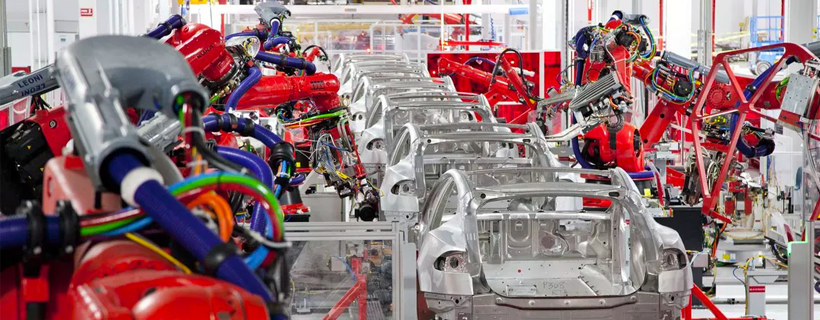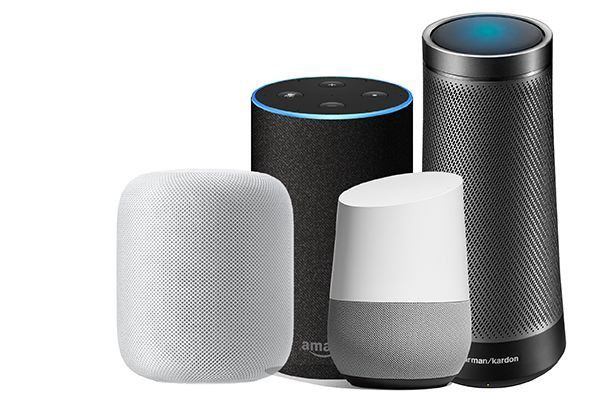Artificial intelligence and machine learning are two popular and often hyped terms these days. And people often use them interchangeably to describe an intelligent software or system.
But even though both AI and ML are based on statistics and mathematics, they are not the same thing.
In this article, you will learn the differences between AI and ML with some practical examples to help clear up any confusion.
What is AI, or Artificial Intelligence?
Artificial intelligence, or AI, is the ability of a computer or machine to mimic or imitate human intelligent behavior and perform human-like tasks.
Artificial intelligence performs tasks that require human intelligence such as thinking, reasoning, learning from experience, and most importantly, making its own decisions.
“AI is the science and engineering of making intelligent machines.” — John McCarthy
Artificial intelligence can perform tasks exceptionally well, but they have not yet reached the ability to interact with people at a truly emotional level.
To learn more about AI, let’s see some examples of artificial intelligence in action.
Robotics
An industrial robot is a good example of AI. Industrial robots have the ability to monitor their own accuracy and performance, and sense or detect when maintenance is required to avoid expensive downtime. It can also act in a new or unknown environment.

Personal Assistants
Another example of AI is personal assistant tools which are Human-AI interaction gadgets. The most popular personal assistants are Google Home by Google, Siri by Apple, Alexa by Amazon, and Cortana by Microsoft.
These personal assistants enable users to find out information, book hotels, add events to calendars, answer questions, schedule meetings, send messages or emails, and so forth.

To read about more examples of artificial intelligence in the real world, read this article.
You can also check out this full course if you want to get certified in Azure AI Fundamentals.
What is ML, or Machine Learning?
Machine learning, or ML, is the subset of AI that has the ability to automatically learn from the data without explicitly being programmed or assisted by domain expertise.
Learning in ML refers to a machine’s ability to learn based on data and an ML algorithm’s ability to train a model, evaluate its performance or accuracy, and then make predictions.
For example, you can train a system with supervised machine learning algorithms such as Random Forest and Decision Trees.
“Machine learning is the field of study that gives computers the ability to learn without being explicitly programmed.” — Arthur Samuel
The intention of ML is to enable machines to learn by themselves using data and finally make accurate predictions.
To learn more, let’s see some examples of Machine Learning.
Product Recommendations
Most e-commerce websites have machine learning tools that provide recommendations of different products based on historical data.
For example, if you searched for machine learning books on Amazon and then you buy one of them, if you come back again after a certain period of time, the home page of Amazon will show you a list of books related to machine learning.
It also makes recommendations based on what you have liked, added to your cart, and other related behaviors.

Email Spam and Malware Filtering
Unwanted commercial bulk emails (spam) have become a huge problem for internet users. Nowadays most email service providers use machine learning tools to automatically learn and identify spam emails and phishing messages.
For example, Gmail and Yahoo mail spam filters do more than just check for spam emails using pre-existing rules. They generate new rules themselves based on what they have learned as they continue in their spam filtering operations.

The Difference Between AI and ML
To sum things up, AI solves tasks that require human intelligence while ML is a subset of artificial intelligence that solves specific tasks by learning from data and making predictions.
This means that all machine learning is AI, but not all AI is machine learning.
Congratulations 👏👏, you have made it to the end of this article!
If you learned something new or enjoyed reading this article, please share it so that others can see it. Until then, see you in the next post!
You can also find me on Twitter @Davis_McDavid.
And you can read more articles like this here.

